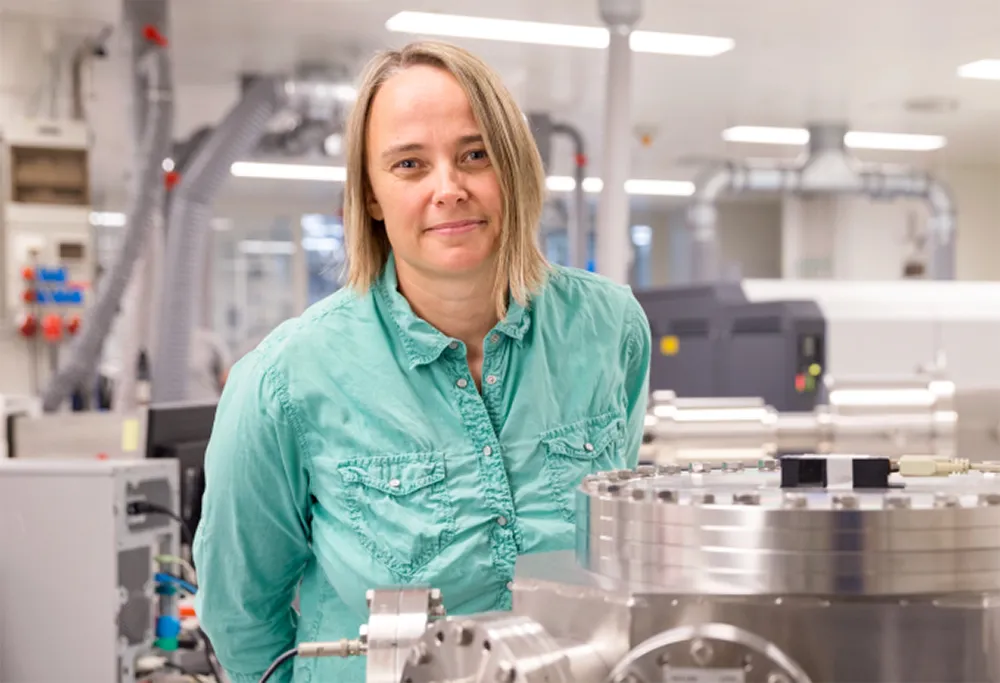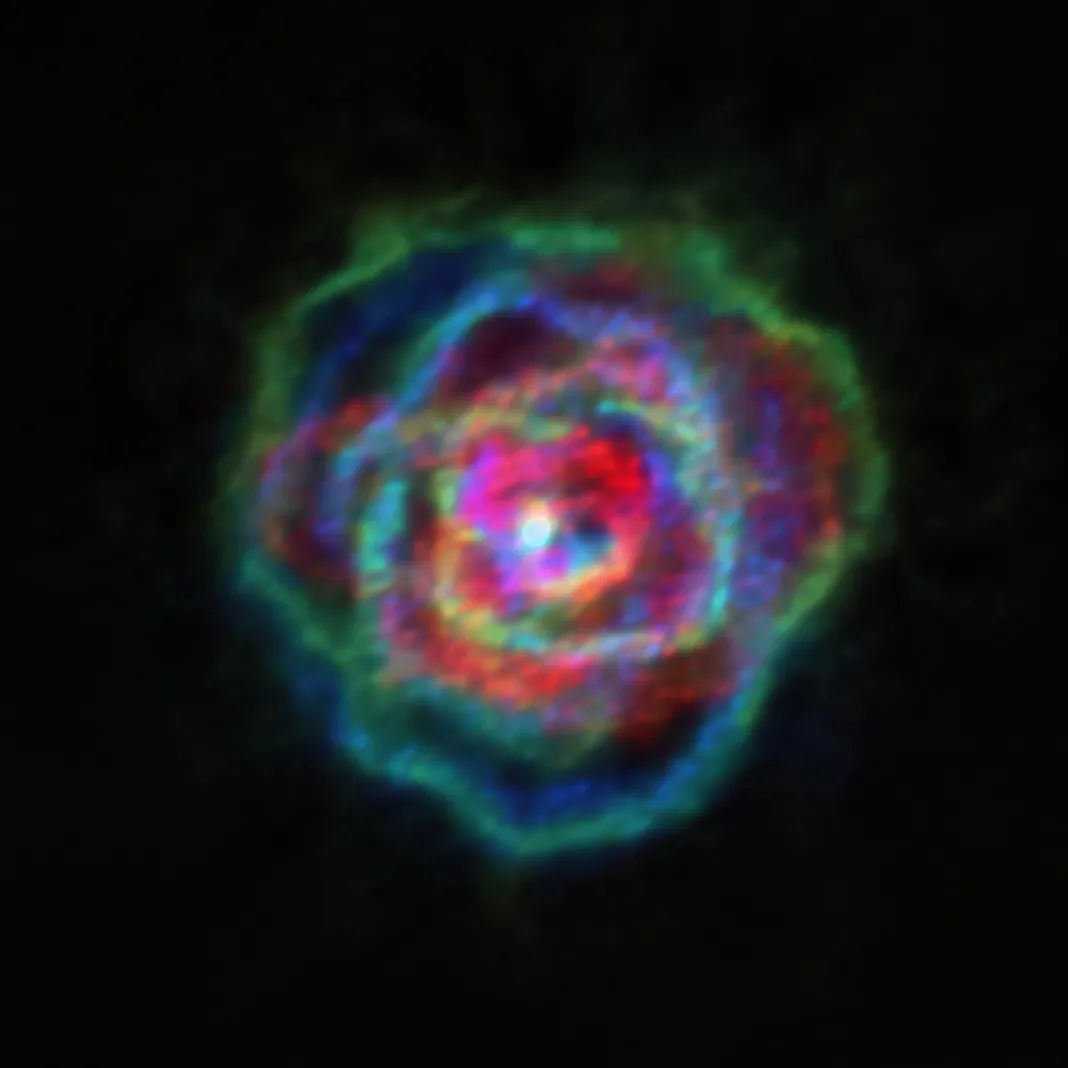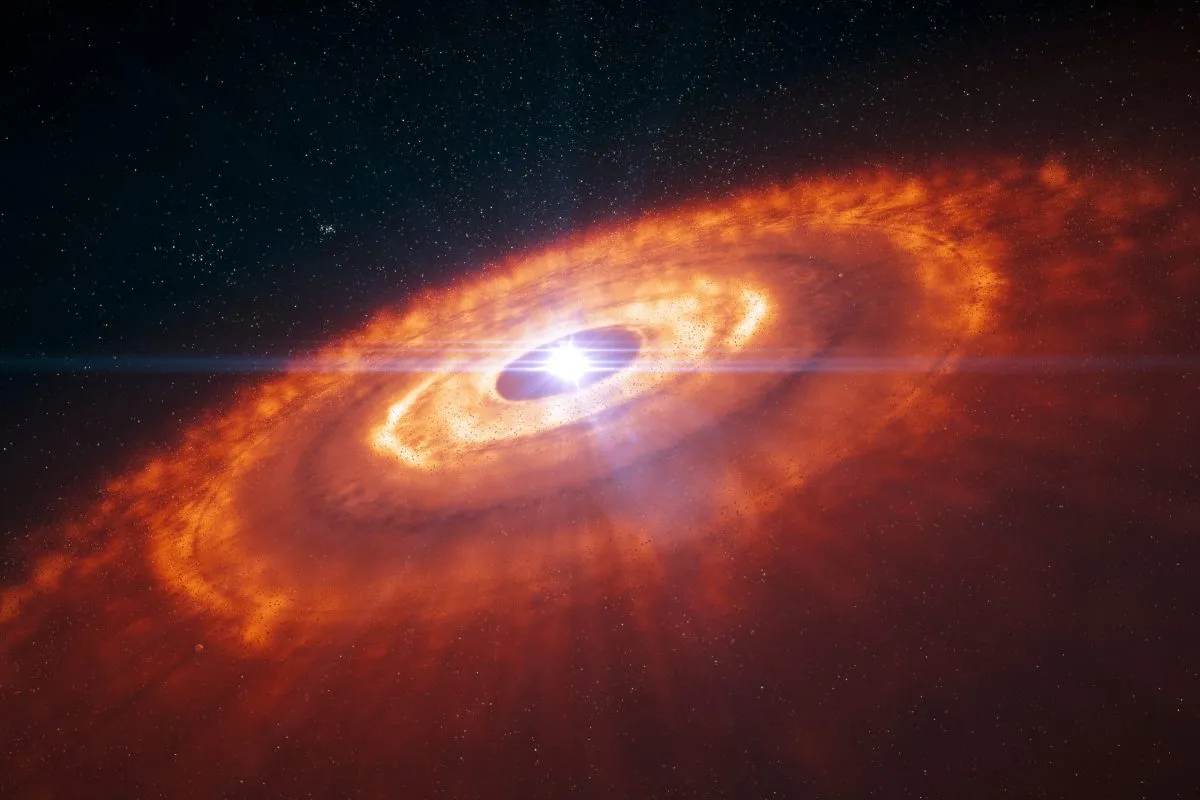"We are made of star stuff", said the late, great Carl Sagan: a reference to the cyclical nature of birth and death across the cosmos, and the notion that both our planet and indeed our own bodies were forged from materials produced billions of years ago inside a red giant star.
But what is stardust, and what can it tell us about both ourselves and the history of the Solar System? We spoke to Maria Schönbächler,a professor of isotope geochemistry at ETH Zürich, Switzerland, and senior author of a study that examined the nature of stardust within our Solar System, to find out more.
Read more:
- 5 hypothetical stars astronomers have yet to discover
- Podcast: the life and death of stars
- How do stars form?

What happened at the birth of the Solar System?
Our proposal is that dust from dying stars travels in the interstellar medium, gets incorporated in a so-called molecular cloud which collapses and forms new stars like our Sun. Around the new star is a dust disc out of which terrestrial planets like Earth will form.
This means there is stardust from red giants produced before our Solar System was created that is still around today. We see that this dust was not completely mixed in our Solar System – you still see a gradient with Earth having more of this red giant dust than Mars or the asteroids further away from the Sun.
It’s amazing that we can resolve this nowadays – for a long time we couldn’t and assumed everything in the pre-Solar System was well-mixed together.
How did you and your team examine the stardust composition of our Solar System?
We used a mass spectrometer to measure how many atoms of a specific weight (isotopes) you have of an element in a sample. With high precision you can resolve the fingerprints, like a signature, of stardust in normal bulk material such as a rock.
We looked at palladium isotopes in iron meteorites that come from asteroid samples. We had already done a similar study with zirconium isotopes, but to look at palladium we needed high precision measurements, which only became available recently.

What can looking at the stardust origins of Earth tell us?
What we and other researchers have discovered is that every planet or asteroid from which we have samples has its own isotopic signature. We also see that stardust has its own signature depending on whether it's from specific stars, like red giants or supernovae.
In our study we found that Earth’s palladium fingerprint – a specific enrichment of a certain palladium isotope – suggests there is more red giant material.
How do you identify the chemical signatures of stardust from red giants?
You can predict with nuclear synthetic models which atoms would be produced in a red giant.You can also test actual stardust – some of it has survived in meteorites.It’s very small – smaller than the diameter of a hair – really fine dust that you can extract and measure.
On Earth any original stardust has been destroyed because our whole planet was once molten, but there are a few very primitive asteroids where the stardust from before the planets formed has survived.
We know the dust must have been generated before our Sun formed. Our Solar System is 4.5 billion years old, and the stardust is ancient, from before that time.

What are the wider implications of your research?
When the planets formed the Sun was still quite hot and destroyed a lot of the grains that were not red giant grains – those are very hard to destroy. Even though Earth is quite close to the Sun, the red giant dust has survived better than other dust as it is more robust to high temperatures.
We analysed zirconium in meteorites from Mars in a previous study and saw that they are depleted for the red giant signature. For our Solar System we can use this red giant signature as a tracer, as we know now that there was more of this stuff close to the Sun and less further out.
In the future we can make models of how Earth and the planets formed based on asteroidal material, as the asteroids are leftover planet building materials. It’s one part of the puzzle.
How does Carl Sagan’s quote that “we are made of star stuff” stand up, what does your research add?
Well, it’s correct! We are made of stardust and Earth has more red giant stardust than Mars. But our study also shows that much of this stardust was recycled many times before it was incorporated in Earth and our bodies. Not so much stardust really survived the formation of our Solar System.
This interview originally appeared in the January 2020 issue of BBC Sky at Night Magazine.
